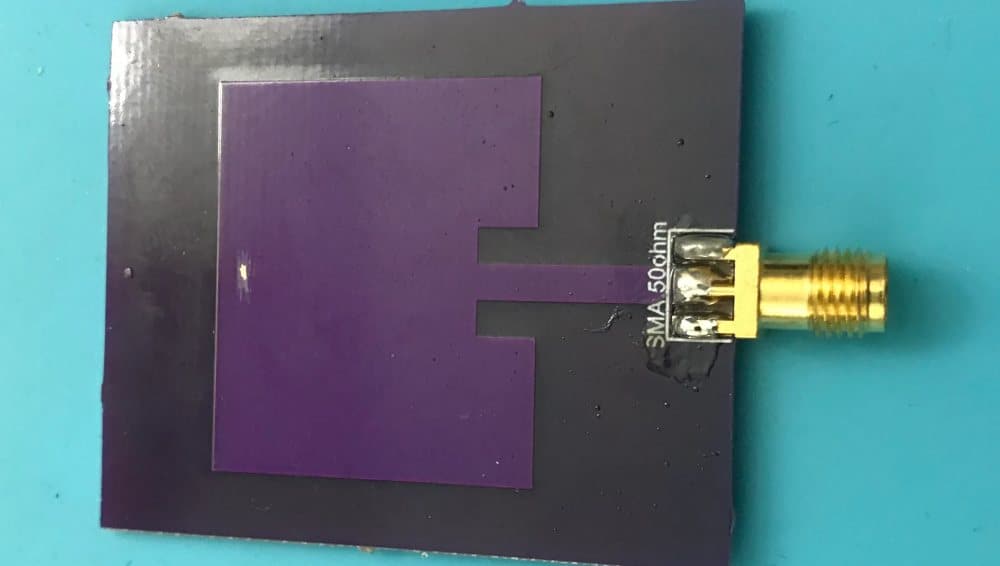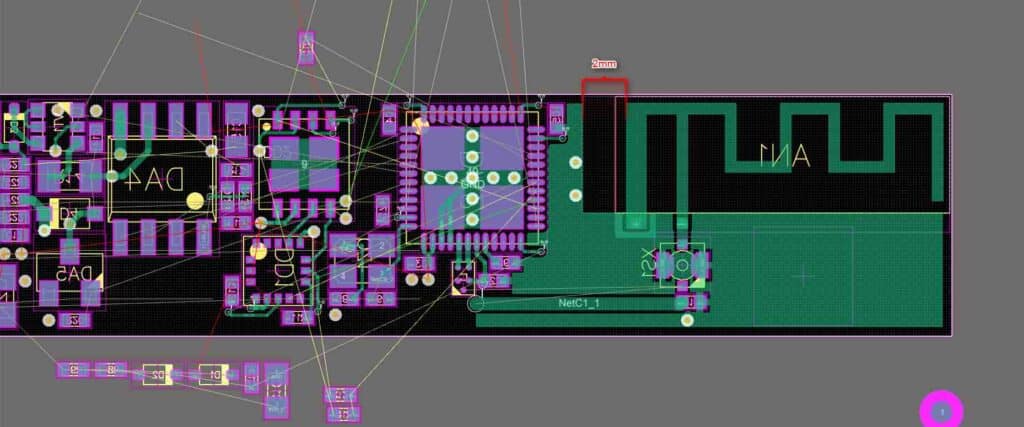Introduction
Printed circuit boards (PCBs) are at the heart of all electronic devices and products. Whether it’s a simple hobby project or a complex industrial system, every electronic product needs well-designed and professionally assembled PCBs to function properly.
PCB prototype assembly is the process of soldering and assembling the components on the PCB according to the circuit schematics. It requires precision, expertise, and the right set of tools and equipment to ensure a high-quality assembly.
In this comprehensive guide, we will cover everything you need to know about PCB prototype assembly service – the benefits, the process, how to choose the right assembly service provider, key factors to consider, costs involved, and tips for ensuring a smooth prototype assembly process.
Benefits of Using a Professional PCB Assembly Service
Here are some of the key benefits of using a professional PCB assembly service for your prototype boards:
1. Save Time and Effort
Performing PCB assembly requires specific skills, tools and experience. Outsourcing assembly frees up your time to focus on core engineering tasks and product development.
2. Access Specialized Tools and Equipment
PCB assembly houses invest in advanced soldering equipment, ovens, testing gear and inspection tools to produce consistent, high-quality boards in a cost-effective manner.
3. Skilled Technicians and Engineers
Reputable assembly providers have experienced technicians and engineers well-versed in the latest techniques and technologies to assemble even complex boards reliably.

4. Quality and Reliability
With good quality controls and process methodologies in place, professional assembly services offer exceptional soldering quality, minimizing errors and reliability risks.
5. Flexible Order Volumes
You can get anything from a single prototype board to full production runs assembled, with the option to scale up or down easily.
6. One-stop Shop
Many assembly providers offer a turnkey solution including procurement, testing, inspection, packing and shipping.
PCB Assembly Process Step-by-Step
Here are the typical steps involved in assembling PCB prototypes or small batches at a professional assembly facility:
1. Design Finalization
Ensure your PCB schematics and layout are finalized and all required data provided to the assembler like BOM, gerbers, drawings etc.
2. Prototype Fabrication
PCB manufacturer creates the bare boards as per your design files and ships them to the assembler.
3. Component Procurement
The assembly partner procures all the required components like ICs, resistors, capacitors, connectors etc. as per your BOM.
4. Solder Paste Stencil Creation
A solder stencil matching your board layout is laser cut for applying solder paste accurately.
5. Solder Paste Printing
Solder paste is applied on PCB pads through the stencil for temporarily holding components.
6. Component Placement
Components are accurately placed on the PCB according to your bill of materials (BOM) using automatic pick and place machines.
7. Reflow Soldering
The board passes through reflow ovens to melt the solder and permanently solder components to the pads.
8. In-Circuit Testing
Automated testing checks for short circuits, voltage, frequency and validates assembled boards.
9. Visual Inspection
Trained technicians thoroughly inspect solder joints, placement and orientation under microscopes.
10. Rinsing/Cleaning
Any residual flux or contaminants are removed from the assembled boards using cleaning solutions.
11. Conformal Coating (optional)
A protective plastic coating can be applied to protect against environmental damage during use.
12. Programming/Flashing (optional)
Any microcontrollers or ICs are programmed with your firmware or software code.
13. Final Testing and Quality Checks
Comprehensive testing validates board functionality before shipment.
14. Packaging and Delivery
Assembled boards are packed with anti-static protection and delivered safely.
How to Choose the Right PCB Assembly Partner?
With so many assembly providers to choose from, here are the key factors to consider when selecting the right partner for your prototype PCB assembly:
Technical Capabilities
- Experience with your product type – consumer, automotive, industrial, medical etc.
- Expertise in required technologies – SMT, through-hole, BGAs, fine-pitch components etc.
- Available assembly options – prototype builds, low/medium/high volume production.
- Testing and inspection capabilities.
- Supply chain abilities – component sourcing, inventory management.
Quality and Reliability
- Quality certifications – ISO, IPC etc.
- Process control and SOPs for consistent results.
- Share sample assemblies done previously.
- Policy on IP protection, data security.
Services
- Turnkey solution vs assembly-only providers.
- Programming, testing, inspection services offered.
- Support for quick-turn prototypes.
- Supply chain/logistics services.
Pricing and Lead Times
- Quoted per unit pricing for low to high volumes.
- Realistic lead time estimates.
- Cost optimization abilities.
Customer Service
- Responsiveness to quote requests and client support.
- Communication and project updates.
- Ability to handle engineering change orders.
- Support for design for manufacturing (DFM).
Key Factors that Determine PCB Assembly Costs

The costs of assembling PCB prototypes and small production batches depends on a variety of factors. Here are some of the key determinants:
1. Board Complexity
Number of layers, component density, fine-pitch parts, high pin-count ICs etc. increase assembly complexity and costs.
2. Component Types
SMT components are cheaper to assemble than through-hole parts. Advanced component packages add costs.
3. Board Size
Smaller boards can be assembled faster with lower material costs. Large panels are costlier.
4. Order Volume
Low-volume prototype builds are costlier than higher volume production runs.
5. Lead Times
Rushed turnaround times usually command premium pricing.
6. Testing/Inspection
Additional testing, inspection steps, and certifications increase assembly costs.
7. Location
Assemblers in low-cost regions can offer cheaper pricing compared to assemblers in high-cost countries.
8. Certifications
IPC certifications allow assemblers to provide certified quality but at slightly elevated pricing.
9. Value-added Services
Programming, specialized testing, supply chain services etc. add to overall assembly costs.
How to Prepare for Prototype PCB Assembly?
Preparing well for your first prototype PCB assembly will ensure the process goes smoothly. Here are some tips:
- Design with assembly in mind: Use standard component packages, adequate spacing, appropriate board thickness, etc. to facilitate easy assembly. Get a design review done by the assembler.
- Provide complete BOM: Include reference designators, manufacturer part numbers, package details for all components.
- Select stable component suppliers: Check lead times and availability of components before finalizing BOM.
- Confirm rough order estimate: Get a budgetary quote from your assembler initially.
- Plan component procurement upfront: Either procure beforehand or engage the assembler for procurement to avoid delays.
- Ensure your data is assembly-ready: Provide Gerber, pick and place, assembly drawings, test procedures etc.
- Ask for regular updates: Align communication timelines with your assembler to track progress.
- Plan for potential errors: Leave buffer time and budget for any rework or fixes. Be ready to troubleshoot or make minor design tweaks.
Careful planning, close cooperation with your assembly partner, and proactive issue resolution will result in a smooth prototype build and valuable learning for the next design iterations.
Frequently Asked Questions
Q1: How many PCB assembly turns are typical for a new product?
For a new electronic hardware product, it is typical to go through at least 3-4 PCB assembly turns:
- Initial concept prototype
- Engineering validation build
- Design validation/pre-production build
- Final production design
Additional turns may be needed if major design changes occur in testing.
Q2: Can PCB assembly be done by hand/manually?
For prototypes, manual hand soldering is possible but extremely tedious, slow and error-prone. It is not practical beyond a few boards. Professional assembly facilities use automated pick-and-place and reflow ovens for reliable mass assembly.
Q3: How can I verify assembler’s quality before outsourcing?
Ask to see samples of previously assembled boards, quality certifications like ISO9001, IPC-A-610, and results of any audits. You can also request existing customers’ feedback on quality and service.
Q4: Should I choose global low-cost assemblers to save money?
While oversea assemblers offer lower prices, local assemblers can provide quicker turnaround, easier communication, compliance assurance, and IP protection for sensitive designs. Evaluate tradeoffs carefully.
Q5: Can assemblers procure components and manage inventory too?
Many PCB assembly shops offer one-stop procurement, kitting and inventory management services. This can save significant time and effort compared to independently sourcing components.
Conclusion
We have just explored the major aspects of PCB prototype assembly – understanding the process work flow, selecting the right assembly partner, estimating costs, and ensuring an efficient assembly process. By diligently going through the necessary steps and collaborating closely with your chosen PCB assembler, you can have your prototype boards expertly built and ready for validation testing quickly.
Professional assembly services make it possible to go from design to testing seamlessly, enabling faster and more cost-effective new product development. As volumes increase, you can simply scale up assembly with the confidence gained from initial prototyping experience.
So leverage the expertise of a reliable PCB assembly service for your next project and accelerate your product launch and time-to-market!



0 Comments